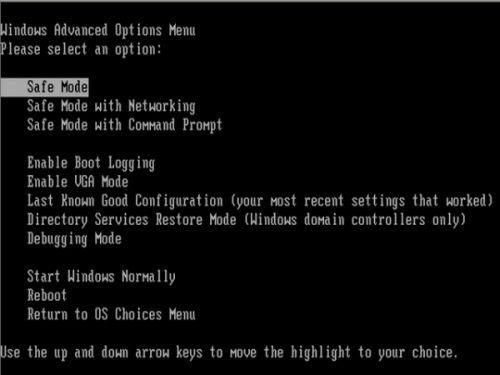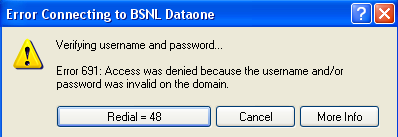Runtime 21 Errors Fix – How To Repair The Runtime 21 Error On Your System For Good
Runtime Error 21 is a problem which shows when your computer is unable to correctly load up the various important settings & options that it requires to run a particular file. Although this error is a huge problem for many Windows systems, it has a relatively small amount of documentation pertaining to it. To fix this problem, it’s recommended that you use the steps outlined in this tutorial, which will first show you how to identify the corruption / error, and then resolve any of the problems that it may have.
What Is Runtime Error 21?
This is a common problem that’s caused by your PC not being able to select the files which it needs to run. The “runtime” element of this error suggests that it’s a problem caused by the way in which your PC is unable to properly load up the files that it requires to operate (it happens at “run” time). This means that if you want to fix the problem you have, it’s advisable that you fix any of the problems that could be leading it to show, which will mean going through a series of different possibilities and fixing them.
The common causes of Runtime Error 21 include:
- Your system will be infected with a virus
- Windows will not be able to run with the files it requires to operate
- Your system will have some sort of problem with a particular piece of software
How To Fix Runtime Error 21
Step 1 – Restart Your PC Into “Safe Mode”
The first step to fix this error is to restart your system into “Safe Mode”. This mode basically allows Windows to run without any of the third-party programs / settings that can cause problems. The bottom line with this is that this process will allow you to determine whether your computer will have problems with the actual Windows system, or with some software you have installed.
To do this, please follow these steps:
- Restart your PC
- Before Windows starts to load up, press F8 continually
- This should bring up the “Boot Options” menu, where you’ll then be able to select “Safe Mode With Networking”
- When your PC boots into Safe Mode With Networking, it should load your PC without any other programs running
Here’s the SafeMode selection screen you should see:
This will basically load up a “bare bones” version of Windows, allowing you to determine whether any of the settings & options that it has are working correctly. You should run your PC in this mode for about 30 minutes, where you should then see if the Runtime Error 21 appears. If it does, then it suggests that Windows has a problem… whereas if it does not, it suggests that a piece of software is to blame.
Step 2 – Perform A “System Restore”
One of the best ways to remove this error is to perform a “System Restore” on your PC. This can only be achieved by restarting your computer into “Normal Mode” again, and works by rolling back all your files, settings & options back to a previous date on your system. This will not only allow Windows to correctly process all the settings that it requires to run, but will also ensure that there are no problems with the files & settings that your computer will have.
You can perform a System Restore with these steps:
- Click “Start“
- Select “All Programs“, then pick “Accessories” and select “System Tools“
- Locate “System Restore“, where you’ll then be able to pick the date you wish to roll back to
- Let your PC roll itself back to that date
Step 3 – Scan Your PC With An Antivirus Program
It’s vital that you’re able to clean out your system with an antivirus application, which should allow it to run much smoother and more effectively. We’ve found a common cause of Runtime 21 errors is actually because your system will somehow be infected with a virus – making it essential that you are able to use a tool that’s going to fix any of the issues that it may have inside. You can download the XoftSpy application (as listed above) to remove any viruses on your PC. You should run this tool in “normal mode” of Windows.
Step 4 – Uninstall Any Programs Causing A Problem
If Windows doesn’t crash in safe mode, then it suggests a particular program is causing the problems on your system. This is a big problem that can be resolved by uninstalling the affected programs, and then allowing your computer to run much smoother as a result. To do this, you can perform these steps below:
- Click “Start“, select “Control Panel“
- Click “Add / Remove Programs“
- Locate the application causing problems
- Click “Remove” next to the application
- Follow the uninstall procedure
Step 5 – Clean Out The Registry Of Your PC
The “registry” is a central database which is causing all sorts of problems & issues for your PC. It’s essentially a central storage database for all the files & settings your PC requires to run, and is continually being used by Windows systems around the World to help load up a number of vital settings on your computer, including everything from your desktop wallpaper to your most recent emails. Although the registry is continually hidden from view, it’s a common cause of Windows errors thanks to the way it’s continually being loaded when you use your system. If you’re seeing errors on your PC, the registry is a common reason behind them – making it essential that you’re able to fix any of the problems that this part of your computer may have. We highly recommend you run a “registry cleaner” program to scan through your PC and fix any of the errors that your system may have, as can be downloaded below:




